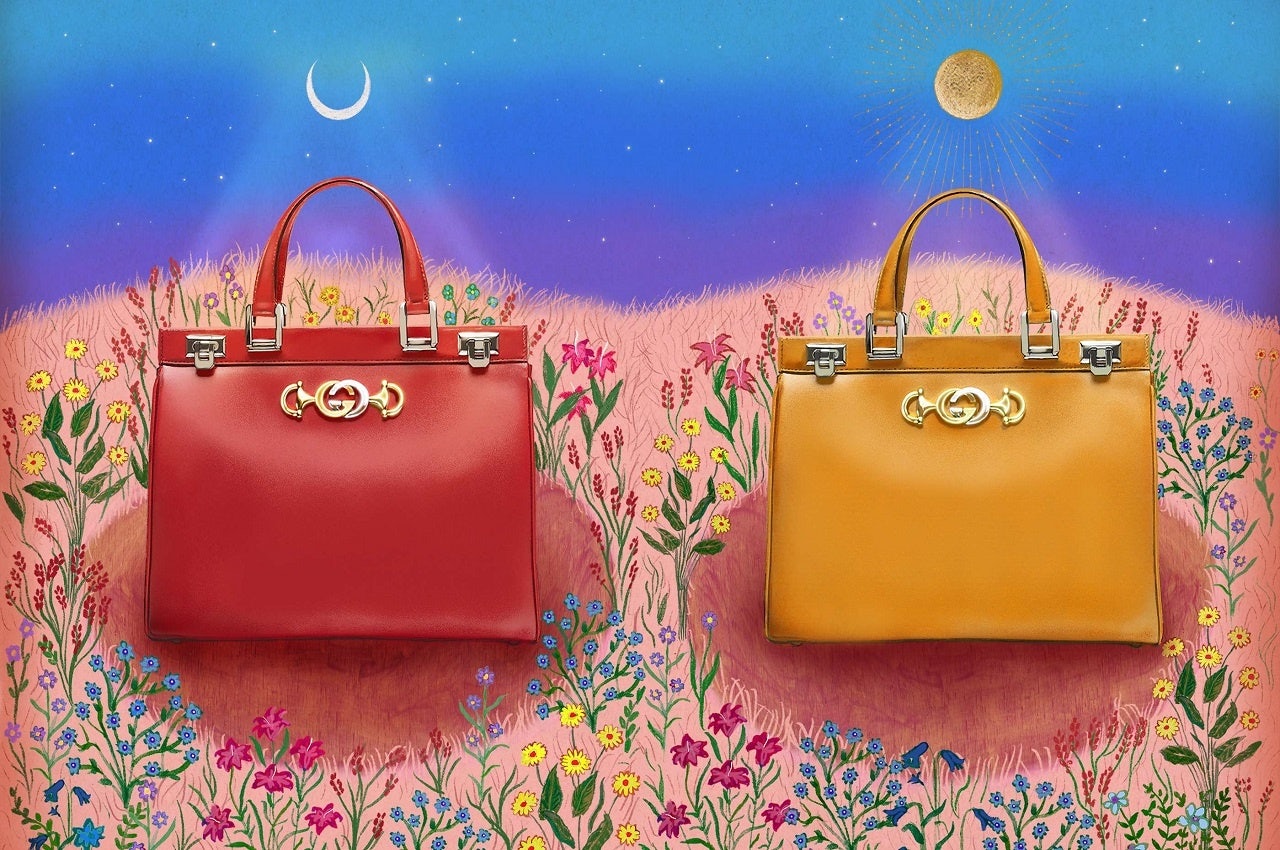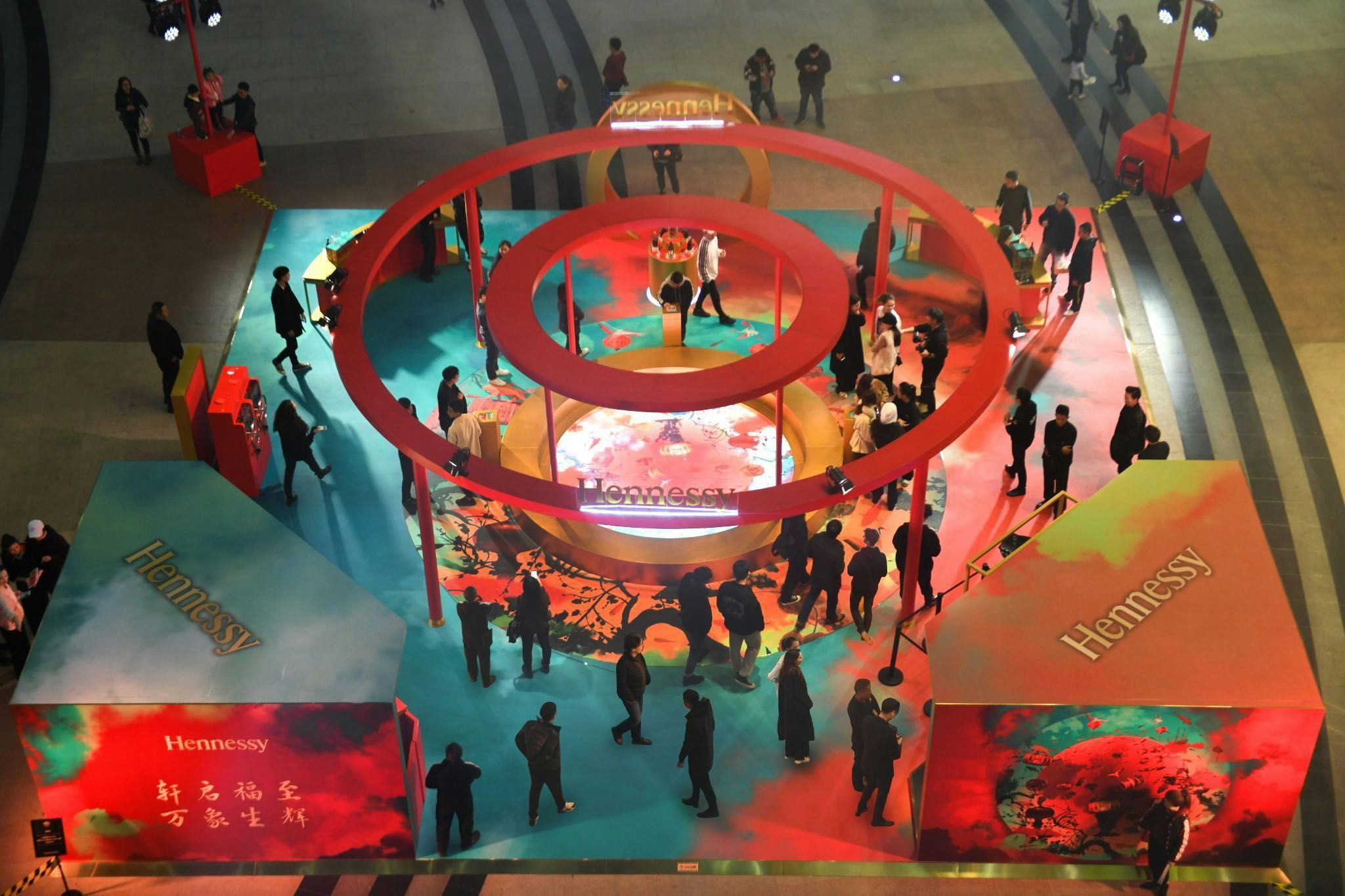Is art a shortcut for luxury brands that want to reach China’s millennials and Generation Z today? With major luxury fashion houses like Louis Vuitton, Gucci, Prada, and Chanel (upcoming) initiating a slew of art-themed events in Chinese cities, the answer is perhaps: yes.
Those crossover collaborations have proven to be effective strategies for connecting and engaging with the country’s younger generations who are constantly looking for ways to showcase their uniqueness and make statements. Luxury and art are currently the channels that fill those needs, but how long will they hold that title with a demographic known for not being loyal to brands and always seeking newer and fresher experiences?
Last week, Jing Daily spoke to Achim Berg, Senior Partner of McKinsey and head of the consulting firm’s apparel, fashion, and luxury group, to gain an in-depth understanding of the younger Chinese generations’ latest frenzy for art and luxury collaborations. Berg, who recently spoke at Sotheby’s and Jing Daily’s Luxury Conference in Hong Kong in late March, shared his insights and predictions.
Scores of luxury brands are tapping into the power of art to reach China’s younger generations these days. Why is this an effective way to reach Chinese consumers?#
Our soon-to-be-published research proves that young Chinese luxury consumers are more attracted by fashion and art events than older generations. Events with a link to art can increase the perception of sophistication and exclusivity. However, it is important to align these events with the broader communication and social media strategy of the brand to ensure impact with consumers.

In general, what makes a good art & luxury collaboration?#
Artistry and craftsmanship are at the core of the traditional definition of luxury products and how luxury products are marketed. Collaborations between luxury and brands and an artist or, for instance, a museum will succeed or fail depending on their fit. They need to complement each other and extend each other in a good way.
Do you anticipate some sort of art fatigue among Chinese luxury consumers in the near future?#
Art events and collaborations fit nicely into the general luxury trend of “experience.” We don’t expect that this will change in the short term. But in the end, luxury and fashion are heavily impacted by trends. So, let’s see how it plays out.
Is streetwear/pop culture (Supreme, Off-White, Kaws, etc.) the new luxury? Has the art world changed the definition of luxury these days?#
Art and fashion are products of the culture of their times. Today’s younger generations are becoming a driving force for luxury consumption. The lifestyle and shopping behavior of these younger consumers differ markedly from the baby boomers who influenced all consumer markets for decades. To address and win over these younger generations as consumers, luxury companies need to reinvent themselves. They have to self-disrupt in order to stay relevant in an increasingly competitive field in which they face a new breed of “challenger” brands. This means overhauling not only their communication and channels (e.g., online) but also disrupting their offerings and business models. Streetwear is a very important trend at the moment and is supported by the broader “casualization” trend.
How do you see art players like Sotheby's moving into luxury territory? And where do you see its leadership evolving in the luxury field going forward?#
We believe that the auction houses have particularly been “in luxury” for a long time. As a matter of fact, many of them are luxury brands themselves, as an “act of purchase” and “provenance” are part of the history and heritage of a luxury item.


